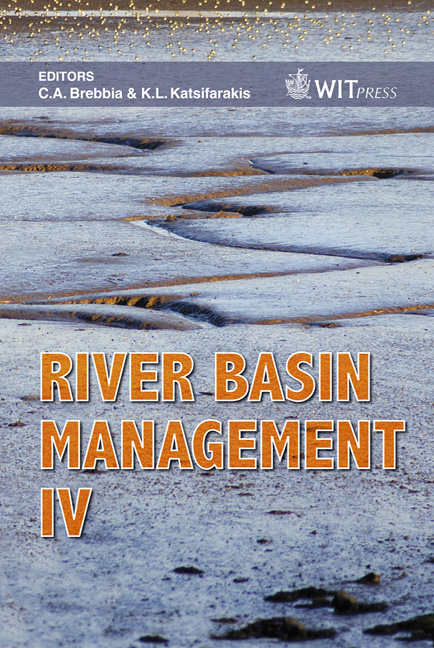An Aid In The Most Accurate Rainfall Thresholds Evaluation
Price
Free (open access)
Transaction
Volume
104
Pages
9
Published
2007
Size
339 kb
Paper DOI
10.2495/RM070231
Copyright
WIT Press
Author(s)
L. Longoni & M. Papini
Abstract
In this paper a new methodology to identify the most accurate rainfall threshold in relation to some events is presented. The rainfall thresholds definition is one of the most important aspects in controlling slope stability in colluvial and detritic materials. For this purpose this study investigates the most important rainfall thresholds presented in literature: both empirical and physically based ones. With the aim of contributing to the landslide hazard forecasting, a comparison among the main rainfall thresholds and real cases was carried out. Data from different locations (in Alpine areas) and triggering rainfalls have been analyzed in order to define a methodology for choosing the best threshold in relation to the local conditions of the slope. On the basis of the available database, a detailed description of the applicability of the rainfall thresholds to features of the territory is presented. The effect of the geo-morphological conditions of the case studies is actually important in the choosing of the rainfall threshold. This paper suggests a methodology with some determinant rules for choosing the best available rainfall thresholds for the investigated case. This procedure is a useful instrument for civil protection services interested in landslide hazard management, especially for landslide reactivation. Keywords: rainfall threshold shallow landslides, empirical and physical based models. 1 Introduction Rainfall produces some of the most frequent causes that trigger landslide movement. In particular in debris flow, characterised by a sudden occurrence of extremely rapid cinematic, recognizing the conditions which produce landslides
Keywords
rainfall threshold shallow landslides, empirical and physical based models.





